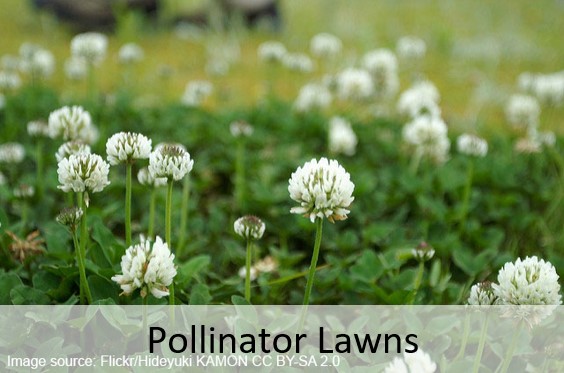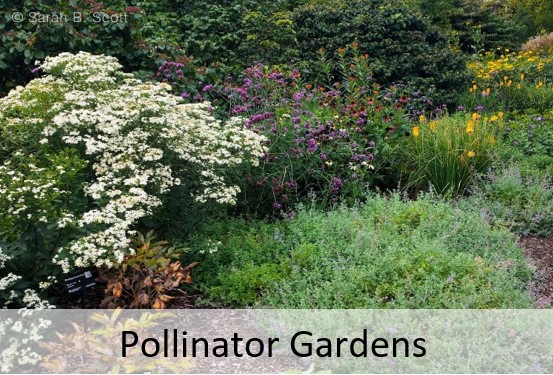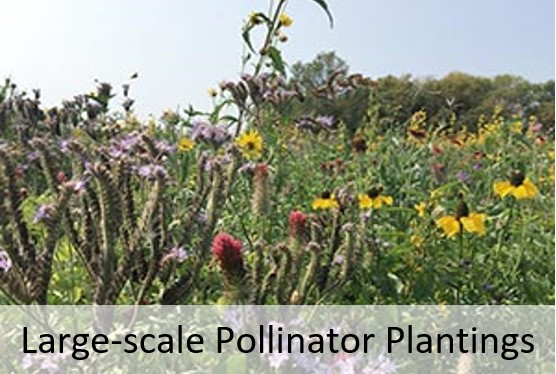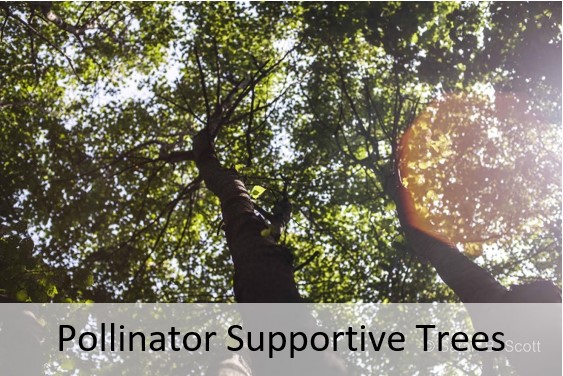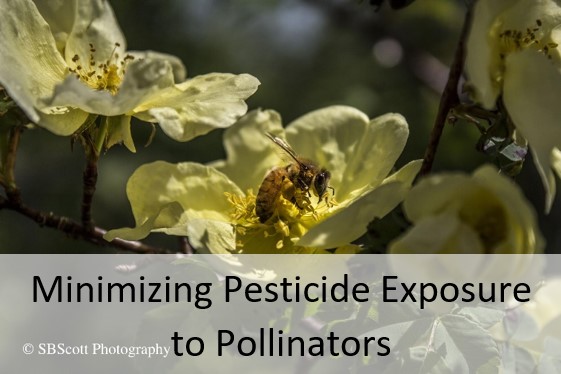Pollinator Planting
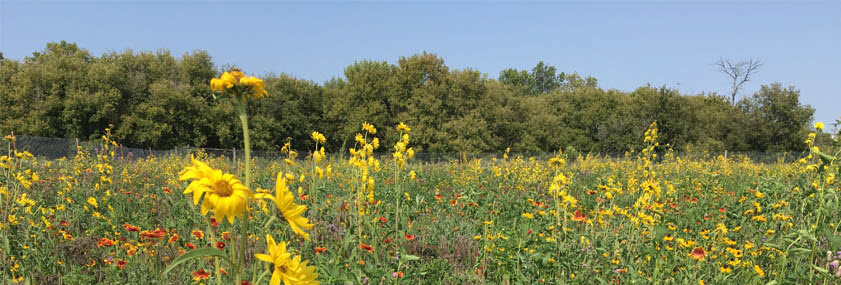
Pollinators require flowers for nectar and pollen as food. Flowers are lost as land is changed and developed, making life harder for our important pollinators. Luckily, we can all help pollinators by improving our landscapes. We can improve our landscapes in many different ways: by planting pollinator supportive lawns, gardens, large-scale plots, trees and establishing native bee habitat.
Do what you can, when you can. Keep in mind that bigger pollinator plots make the most difference, but the additive effect of small plots and gardens can help too. Depending on your yard and budget, you will find a planting strategy that works best for you. Planting for pollinators is a rewarding and beautiful way to do something good for the environment.
It is also important to reduce pesticide exposure to the pollinators foraging on the plants you provide. You can find ways to prevent pests without using chemicals or you can make informed decisions when applying pesticides to make sure pollinators experience the least amount of harm.
Find Michigan native plant and seed producers: Michigan native plant producers.
Check out the following pages for more information on the different ways you can plant for pollinators as well as minimize pesticide exposure.
Do you have more questions? Find an MSU expert to help.
